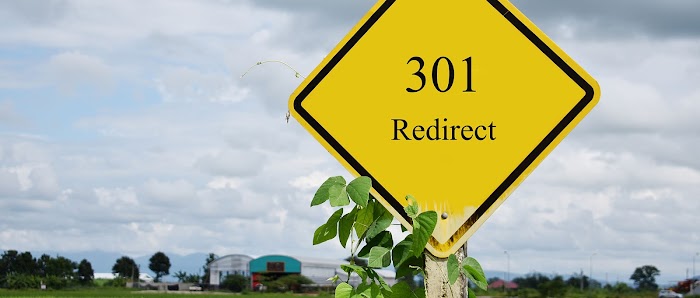
If you want to reverse a 301 redirect then you must know that it’s not entirely impossible. Although, the process is complicated and you might need the help of an expert in this matter. However, you can check the points from the article and understand it.
You can always get to reverse a 301-redirect, even though this very thing is technically permanent. Also, if you are unable to make the changes properly, it can end up in a blunder and things may become worse for you.
 |
| Is It Possible to Reverse a 301 redirect |
This thing may sound easy in theory, but in reality, 301-redirects take time to process and reversing them most of the time takes a longer time. You have to be prepared for those delays and alert your stakeholders. So, if you want to know the scenarios and their solutions, you should hire SEO Link Removal Services, and also here are some for you.
First scenario
Page A 301-redirects to Page A to B and you'd like to reverse that. So, here Page B will be going away completely. Here are the first steps:
- Remove the 301-redirect from A→B
- Add a 301-redirect from B→A
- Re-point internal links to Page A
- You have to submit both pages to Google Search Console
- Give Google time to re-cache Page B
Second scenario
If you are looking for both pages to live on with equal status, you only have one option: remove the 301-redirect, and then, resubmit both pages. Google will take its time to work with this signal. Here's the step-by-step way:
- Remove the 301-redirect from A→B
- Add self-referencing rel-canonicals
- Then, you have to submit both pages to Google Search Console
In this case, if you were passing significant authority from A→B with the original 301-redirect, you have to understand, that you're now splitting that authority.
Third scenario
If you are looking for page B to be available to humans but you don’t mind if it's available to search engines. Then you can always go for rel-canonical B→A. This technique will allow Page B to remain visible. The steps are:
- Remove the 301-redirect from A→B
- You have to add a rel-canonical tag from B→A
- Re-point internal links to Page A
- Then, you need to submit both pages to Google Search Console (GSC)
Fourth scenario
You may have moved your full site to a new domain, and now, just weeks later, you've come to know that your new domain is also the name of an English band. You will start to panic usually, but you must avoid that, The first thing you have to do is to understand the issue, and if you find something alarming, then you can always follow these important steps:
- Remove all 301-redirects from A→B
- You have to add site-wide 301-redirects from B→A
- Then add self-referencing canonical to all pages
- Re-point internal links to Domain A
- Re-add Domain A to Google Search Console
- Re-build XML sitemap(s) for Domain A
- Then you need to submit critical pages to Google Search Console (GSC)
- Re-point select inbound links to Domain A
- For these steps, you will require a separate GSC profile.
Check these points and reversing 301 redirects may not be that easy, but you will understand the critical process.
Author bio
Naveen Kumar provides services in JDM Web Technologies, SMO, web design, and development to many parts of the world. He is also the owner and founder of JDM Web Technologies and has over 10 years of experience in digital marketing.


0 Comments: